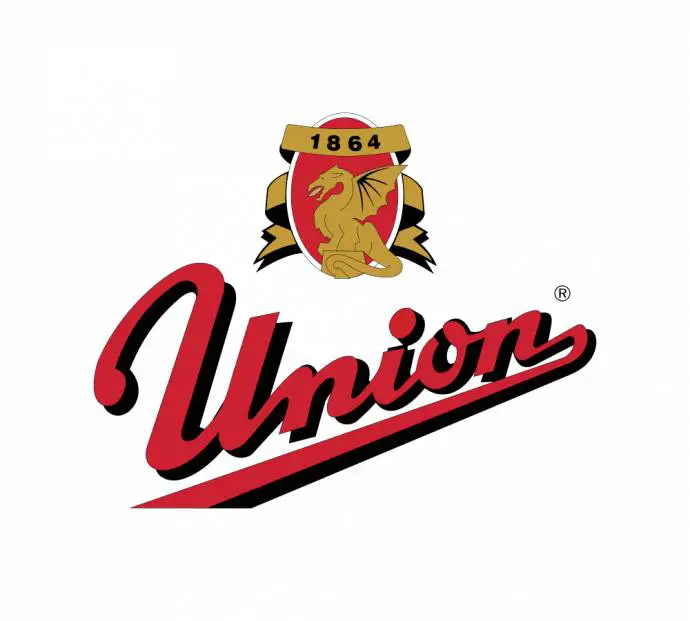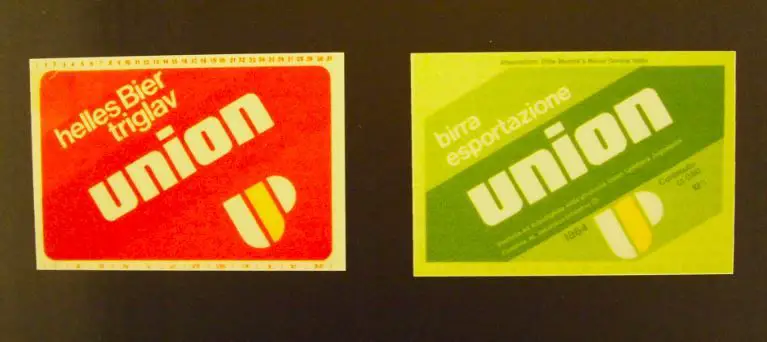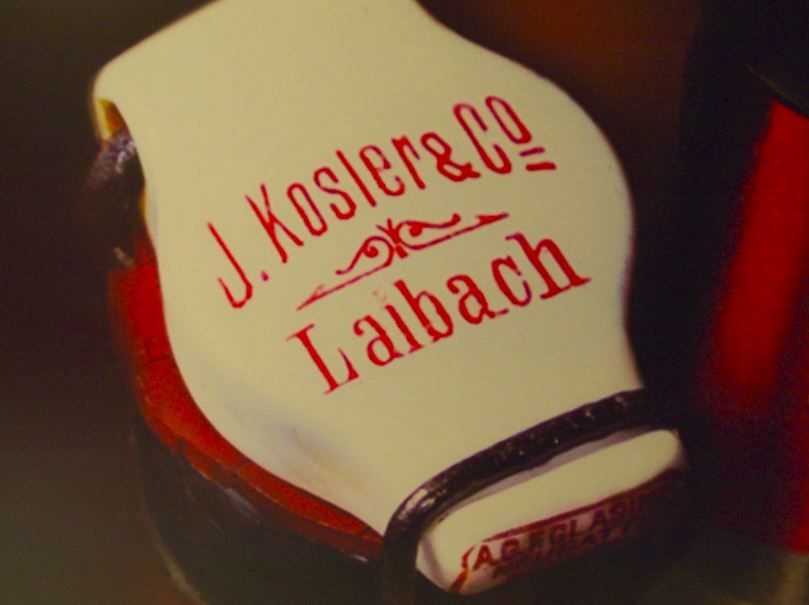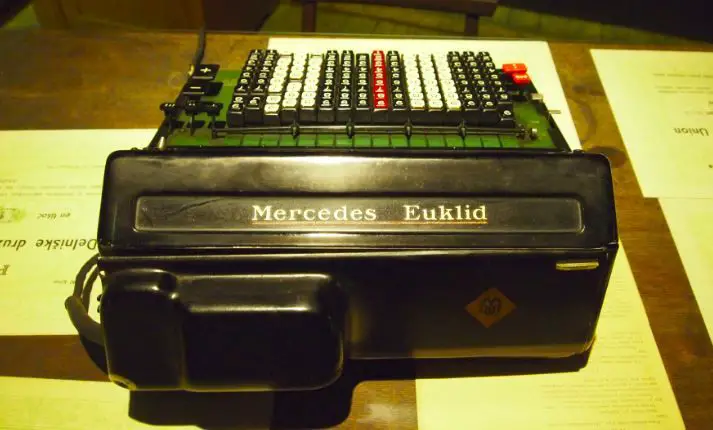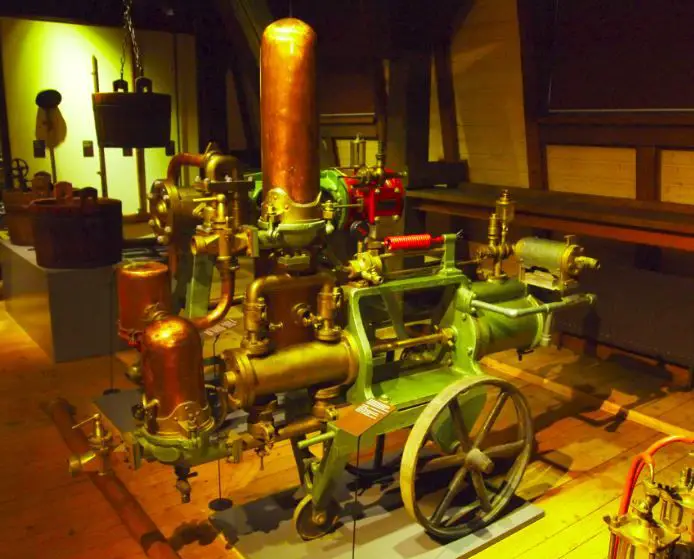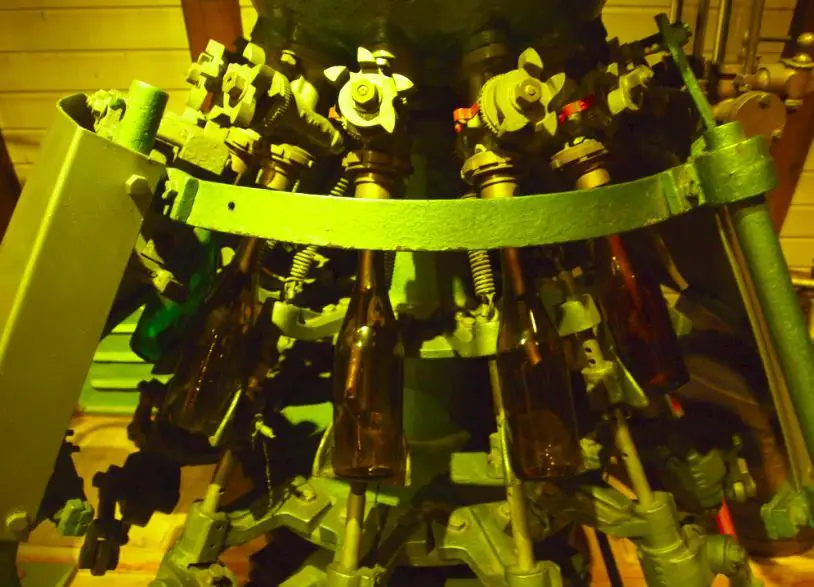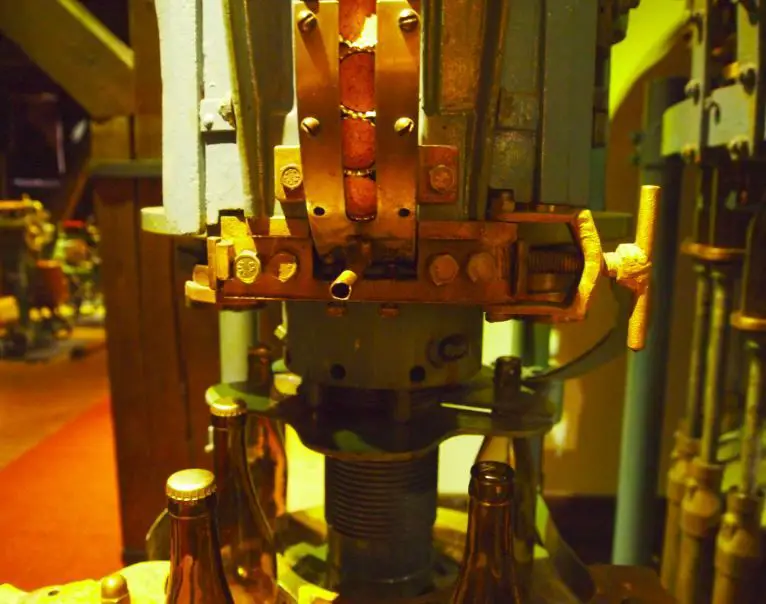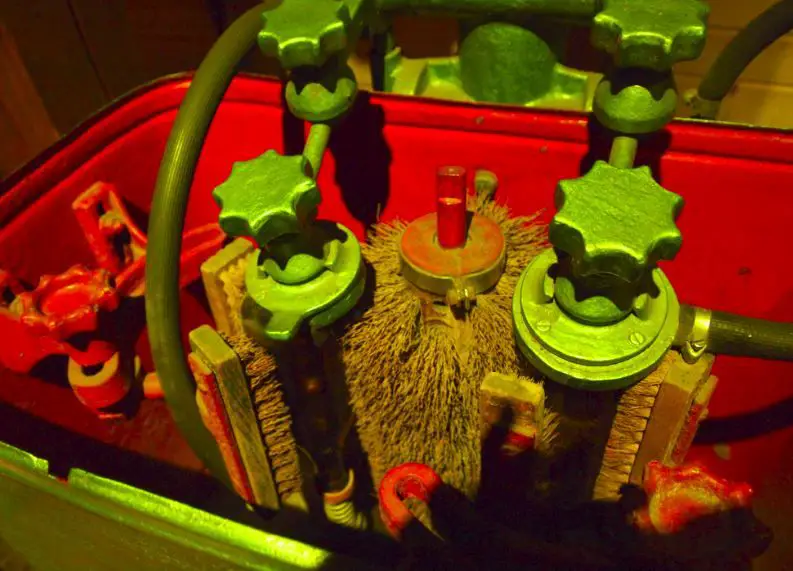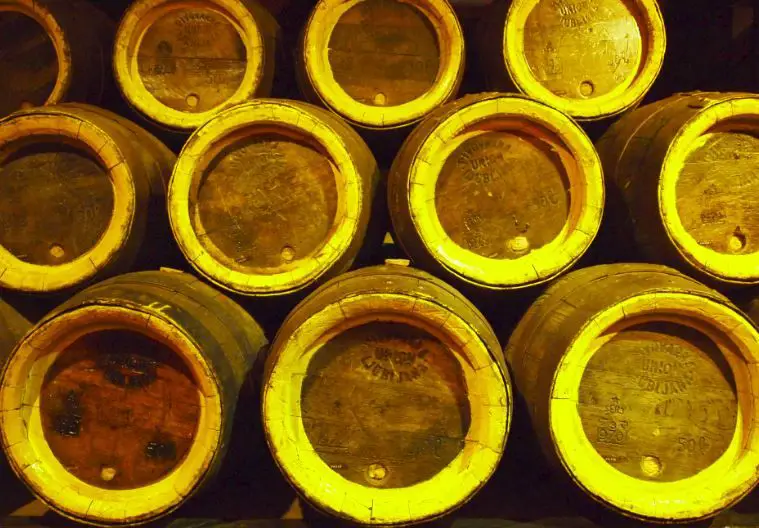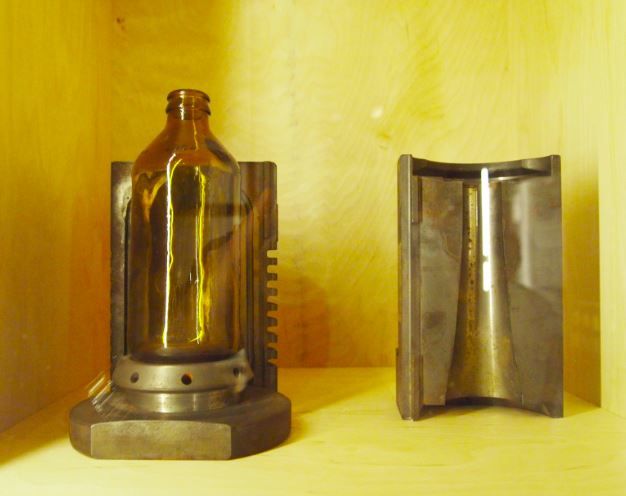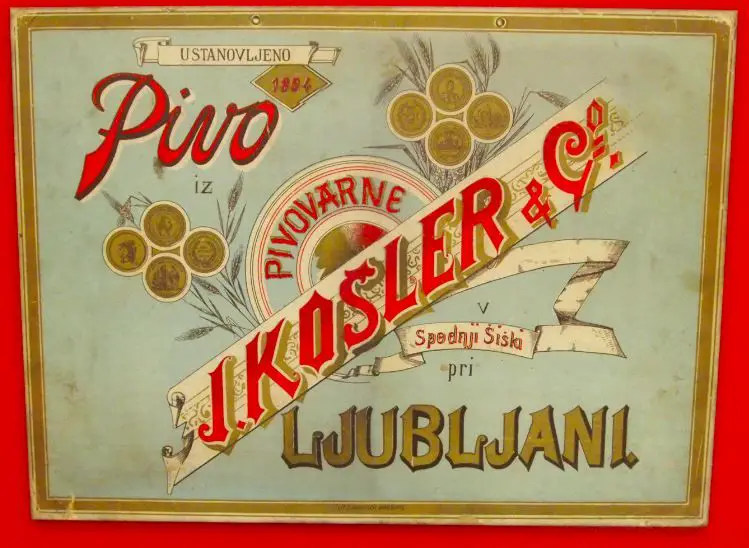July 11, 2018
Old export labels. Photo: JL Flanner
I dread doing the math, but a conservative estimate would suggest I have at least one bottle of Union a day, around 400 a year, and I’ve been here a while. I thus felt little shame in asking for a free ticket to write about the tour of the Union museum and brewery in Ljubljana, aka the Union Experience. After all, unlike the rest of my group, who were paying tourists and had contributed little to the company over the years, I felt I’d made a commitment, and some return was due on my investment. So bear in mind I got this one for free, while you’ll have to pay 14 euros as an adult, or 11.20 as a student or person over 60. Children aged 6–18 are 7 euros, and those younger than this are free. This price includes the tour, a small gift (in my case, a bottle opener), and some samples of beer. Here the promotional material suggests 2x100ml, but we actually got three more generous drinks, enough to put smiles on our faces, springs in our steps, and make two people ask about bathrooms.
One the earliest bottle stoppers, with Laibach being the old German name for Ljubljana. Photo: JL Flanner
The tour starts with a drink and a short movie showing ‘the history of Union’, which tends to the fantastic rather than factual. You then move on to the museum, where there’s a detailed timeline of the actual history of the company, which is an interesting one, with many developments and changes in ownership since it was founded in 1864 by the Kosler/Kozler brothers, one of whom, Peter, was also responsible for this early map of the Slovenian lands.
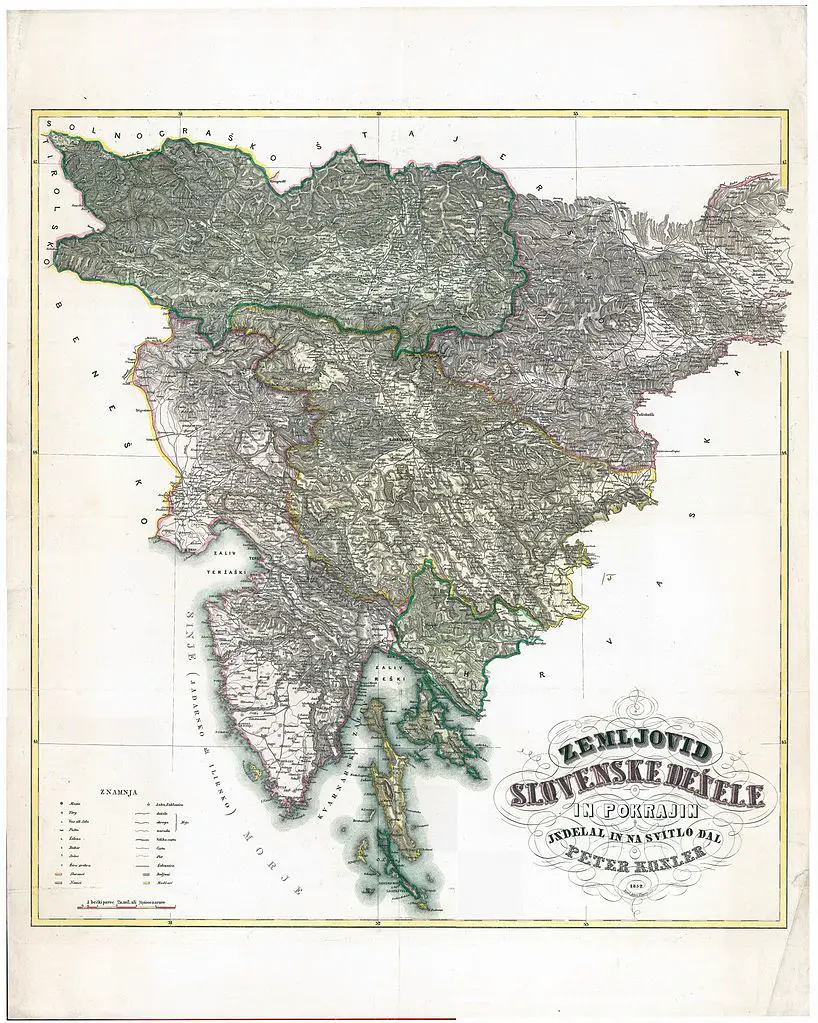
Wikimedia
The next stage is the part of the museum with exhibits, showing various pieces of equipment from the history of the brewery, most of which have a nice, steampunk feel. It’s here that our guide, Maša, started dropping knowledge on us, about beer in general (only 200g of hops per 100 litres of beer), and Union in particular (the barrels were painted yellow because that’s the colour, more or less, of beer).
You can see old office equipment... Photo: JL Flanner
...a mystery steampunk machine... Photo: JL Flanner
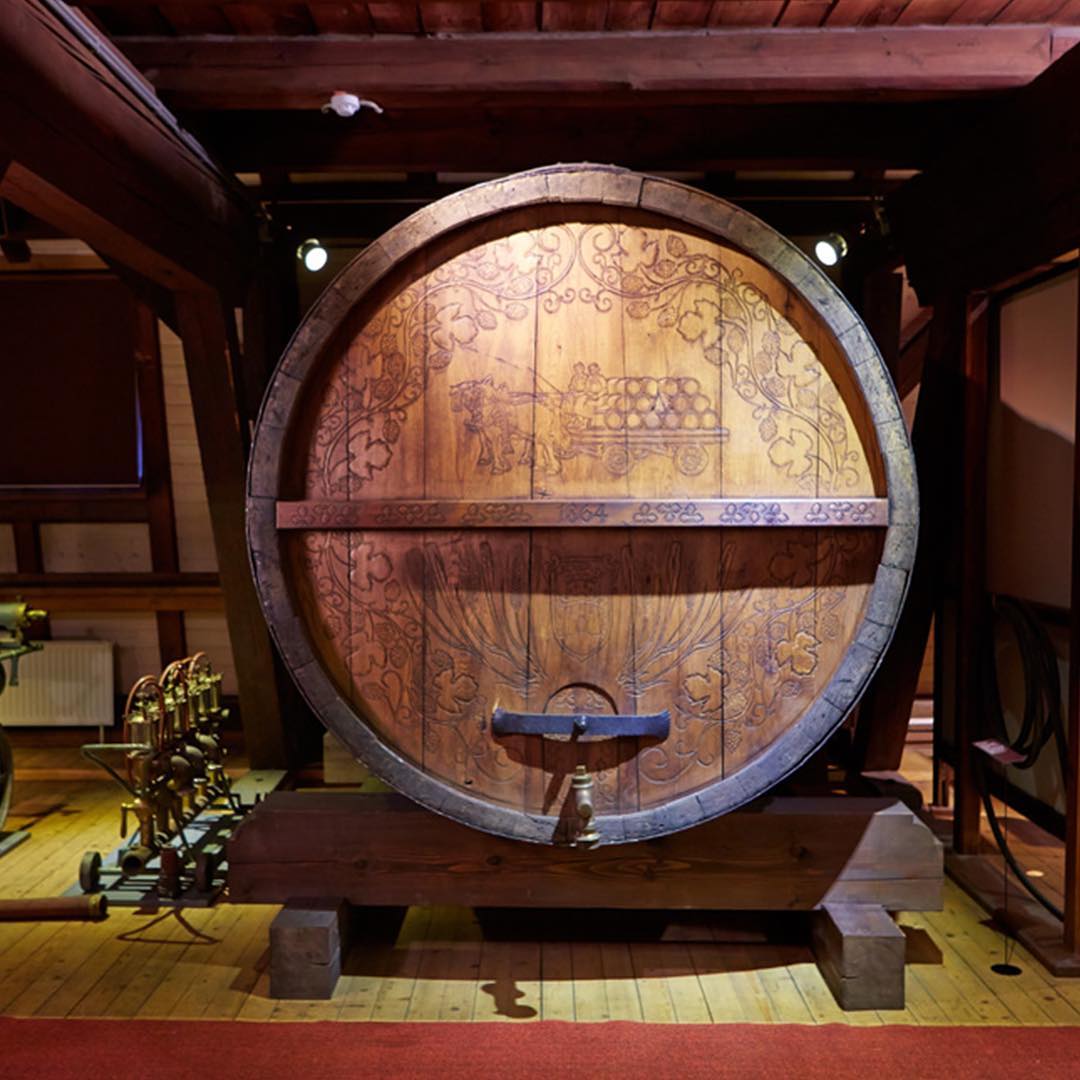
....a 10,000 litre barrel, fit for Diogenes to hold a small party within... Photo: JL Flanner
...an old filling machine... Photo: JL Flanner
...an old capping machine... (see the strip of caps - or crown corks - along the centre?)... Photo: JL Flanner
....and a bottle washing machine. Photo: JL Flanner
Yellow by design. Photo: JL Flanner
A bottle and its mold. Photo: JL Flanner
From here we moved to a replica old bar, where we had another drink and Q&A session, followed by a trip to the factory itself, with the plant itself taking in brewing, filtration, bottling, canning, the filling of PET bottles and kegs, and automatic warehousing for the company’s full range of beers, radlers (a fruit shandy), and non-alcoholic drinks, although most of these processes remain hidden from view.
So perhaps the first thing to mention is that anyone who thrills to shows like How Did They Make That? or Megafactories will be slightly disappointed. Those are filmed under controlled conditions, with the cameras going inside machines, following the whole process, and getting fantastic shots of any ingredients being handled, processed and so on. However, the reality of current manufacturing processes, in tandem with health and safety issues, mean that you’re only walking on the floor of one part of the factory, the brewing room, which is interesting but mostly just large containers under pressure. The rest you see behind glass.
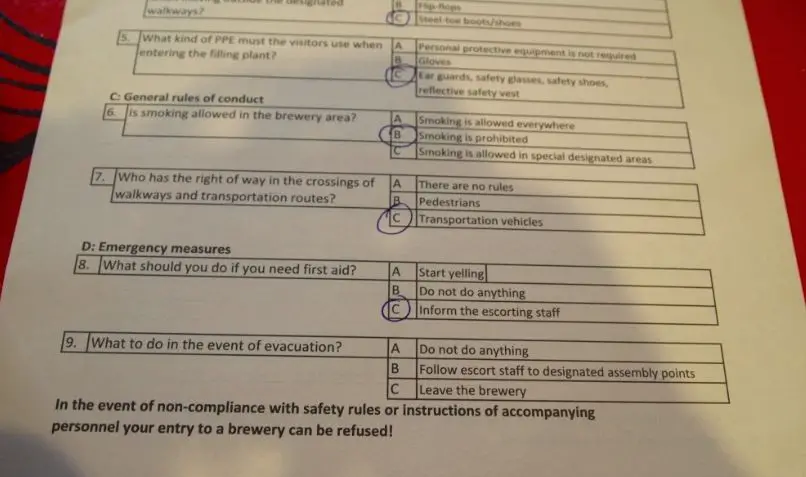
Some of the rules to follow inside. Photo: JL Flanner
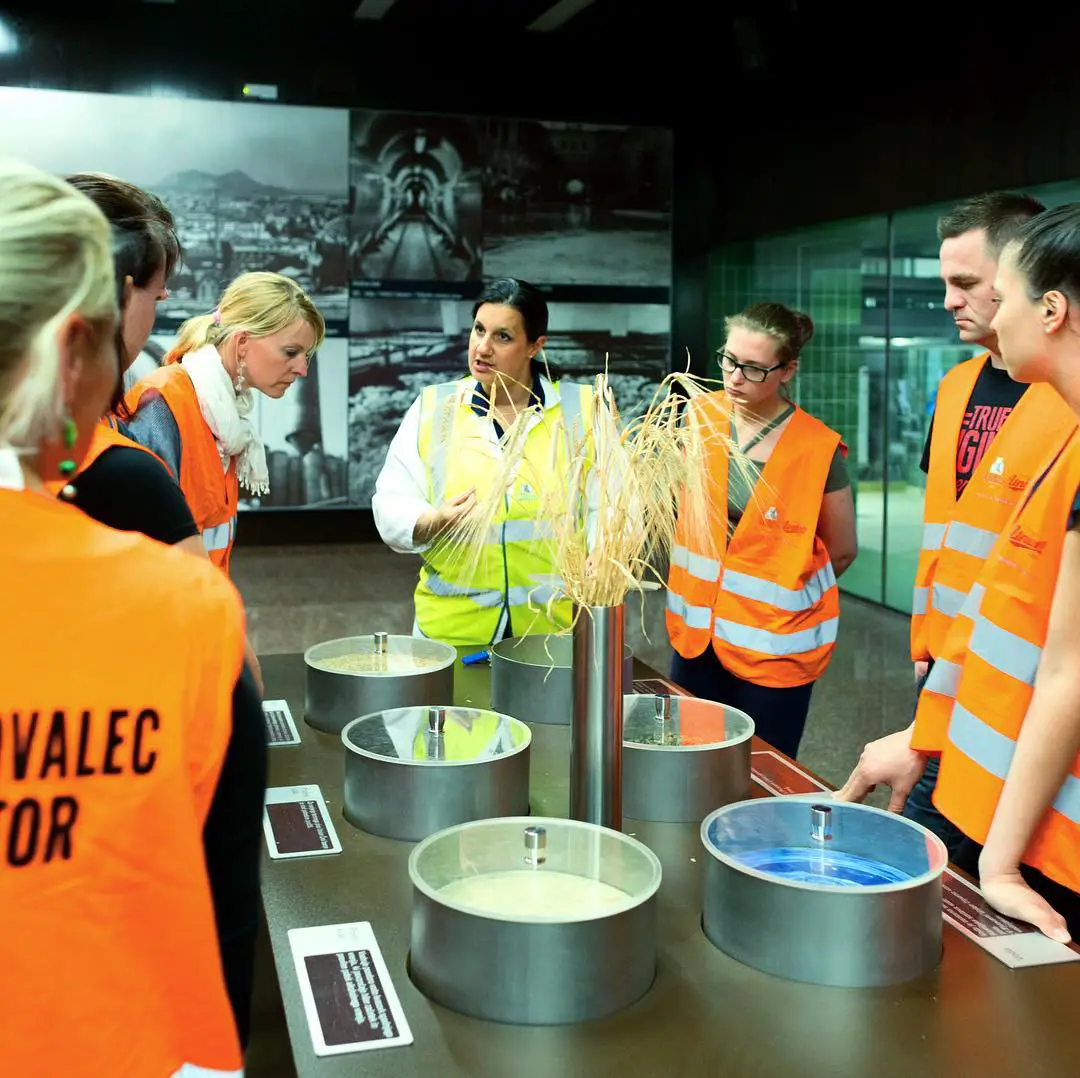
Hi-vis cool. Photo: union-experience.si
There’s a ban on taking photographs inside the factory, hence the lack of such images here, but imagine a large, clean, professional and highly automated operation – I just saw one person in the plant – and you get the general idea. Open buckets of hops, factory cats and hulking barrel shifters drinking beer and smoking while on duty are a thing of the past, while a hi-vis waistcoat and questionnaire on factory rules are mandatory, along with terms such as “Euro-pallet”, “crown cork” and “vacuum gripper”. Indeed, greater automation seems to be the main story at the brewer, with just 40% of the staff employed on site working in the factory and the rest in administration.
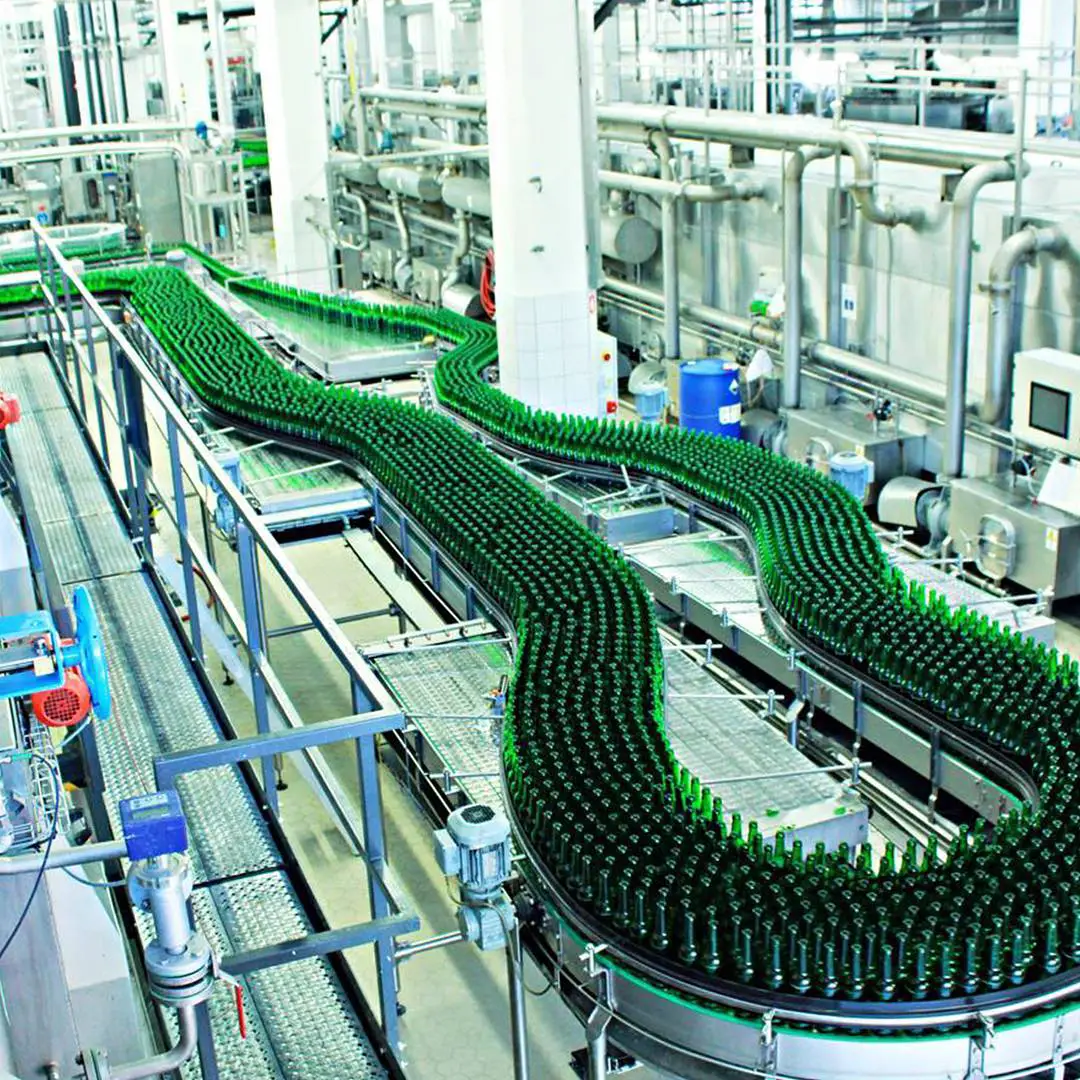
Bottles waiting to be filled. Photo: union-experience.si
Still, you do see quite a lot through the glass, such as the filtration room and bottle cleaning area. In the latter we learned that each bottle can be reused up to 50 times, and is cleaned for at least 45 minutes using various solutions and processes, then checked with automated systems to ensure it’s clean enough to be filled, with 40,000 an hour reaching this standard, getting pumped full of beer, put into crates, and shipped back out again. (So don’t throw your green bottles in the trash or even recycling, take them, if possible, to a place where they’ll be collected and reused – many supermarkets and stores do this and give 10 cents on the bottle.)
The tour starts and ends in the Union Pub (Pivnica), a smart move that neatly positions you for a pre- and post-tour drinks, with the first of the latter being your final sample (in our case Union’s new IPA). If you’re hungry then you’ll be glad to hear that the bar has an extensive food menu, offering some traditional Slovenian dishes and traditional bar food, including a two-course lunch for 6 euros and three-course for 7.50. But perhaps of more interest in the context of this article is the range of beers of offer. While these naturally stay in-house (in terms of Union, Laško and, yes, Heineken, which now owns both the former), they show off the craftier end of the line, with some brews that I rarely see in stores. These include Bok, Amber, Hmeljni vrat, and Triglav, the latter with 9% alcohol.
Another old label. Photo: JL Flanner
Overall, while the lack of things to see in such an automated plant was somewhat disappointing, this is the nature of modern production methods, and there was no time for the kind of deep dive I’d like to have done with the labels – a tremendous collection of which lines the stairways, which the tour sadly rushes by rather than giving enough time to study. But these are small points, and my interest now sparked I’ll be paying attention to other brewery tours and museums, to compare and contrast smaller scale operations with those of the biggest of players.
I’ll also be drinking tonight.
The brewery is at Celovška 22, Ljubljana, a short walk or cycle out of town, and just beside Tivoli Park, with no need to get a taxi or bus unless you have mobility issues. On weekdays you can join a tour from the Union Pub (Pivnica) at 12:00, 14:00, 16:00 and 18:00, with tours lasting about 90 minutes. On Saturdays the tours run at 14:00, 16:00 and 18:00, while the place is closed on Sundays and holidays. More details can be found at the official site.

